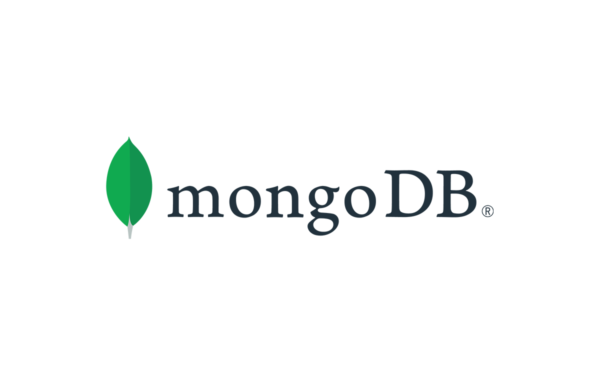Mongo DB: Unveiling the Power of NoSQL Databases
Programmers use different databases in web and application development. SQL or NoSQL-based databases have different applications according to system requirements and programmers’ preferences. In this article, we will explain the databases and their types. Then we learn what a Mongo DB database is and what its uses are.
What is a database?
Before we know what Mongo DB is, let’s get familiar with the concept of databases and their types. A database is for storing and categorizing information so that it can be easily reached. Imagine filling out a phone book based on people’s names, numbers, and other information. This phonebook is a database that contains the information entered, and you can use it based on letters or numbers when needed.
In software systems, a large amount of information needs to be stored so that, if necessary, it can be processed quickly in different ways. A database has tables that store information in rows and columns that meet defined standards. The structure of data storage varies in databases.
Types of databases
In the past, databases existed in a hierarchical or networked way. But today, relational databases, SQL, and NoSQL are more widely used. How to access the information in this database varies depending on the type. In the following, we will introduce NoSQL databases and get acquainted with one of its most important types.
What is a NoSQL Database?
NoSQL, which stands for Not Only SQL Database, is a type of databases that work on a larger scale than SQL databases and deal with different data models such as key-value, graphical data, document-based, and more. They have a job. These databases work with large collections of distributed data and are an alternative to relational databases that store data in a table.
What is Mongo DB?
Mongo DB is one of the most popular NoSQL databases, which has a flexible structure and is mostly used in projects with large volumes of data. This database is an open-source, free platform that works with the Document-Oriented data model and can be used on Windows, Mac, and Linux. The data values are in Mongo DB and with two primary keys (Primary Key) and a Secondary key (Secondary Key).
Mongo DB contains a set of values. These values are in the form of documents that contain different types of data of different sizes. This allows Mongo DB to store complex structured data such as hierarchical or array data.
What are the characteristics of Mongo DB?
- Mongo DB is much more flexible and scalable than relational databases due to its document-oriented data storage model, and meets many business needs.
- This database uses Sharding to share data and better manage the system. Sharding means fragmentation and is done at the top of the network. The database is divided into several subsections to facilitate the process of responding to requests from the server.
- Data can be accessed with both primary and secondary keys, and each field can be keyed. This speeds up data access and processing time very quickly.
- Replication is another important feature of Mongo DB. In this technique, copies are made of the main data, and other parts of the database system are stored. If this data is lost or corrupted, the copied data will be used as the original and alternative data.
How does Mongo DB work?
In relational databases, data is in the form of a record, but in Mongo DB, the data storage structure is in the form of a document. Each document is of type Binary JSON or BSON and has key and value fields.
To execute the code written in Mongo DB, you must proceed through Mongo Shell. MongoShell is an interactive database interface and programming tool that allows users to query and update data.
Relationship databases have a schema. That is, they consider a specific structure for the data and store limited models. But Mongo DB and NoSQL databases in general are very flexible in accepting data of varying degrees, and this is an important advantage for programmers. The scalability of this database allows it to be used in projects that deal with big data.
In addition to the benefits mentioned above, there are some problems in Mongo DB that can be troublesome. This database is weak in using the Foreign Key for data and may disrupt data stability and system integrity. Also, in the clustering of data in this database, only one node can be good as the master node, and if it is not, the sorting of its sub-nodes may be deleted. This problem is in the Cassandra database.
Conclusion
Mongo DB is commonly used at higher levels of software development and programming. This database is very powerful, and its data storage structure distinguishes it from other databases. It also has simple queries, and it is not difficult to work with for those who have professional experience in doing various programming projects.
FAQ
What is Mongo DB?
Mongo DB is an open-source, document-oriented NoSQL database that stores data in flexible, JSON-like documents, allowing for dynamic schema design and scalability.
What are the key features of Mongo DB?
Mongo DB offers features like horizontal scalability through sharding, high availability via replica sets, rich querying capabilities, and support for ACID transactions.
What are common use cases for Mongo DB?
Mongo DB is widely used in applications requiring flexible data models, such as content management systems, real-time analytics platforms, and IoT applications.
